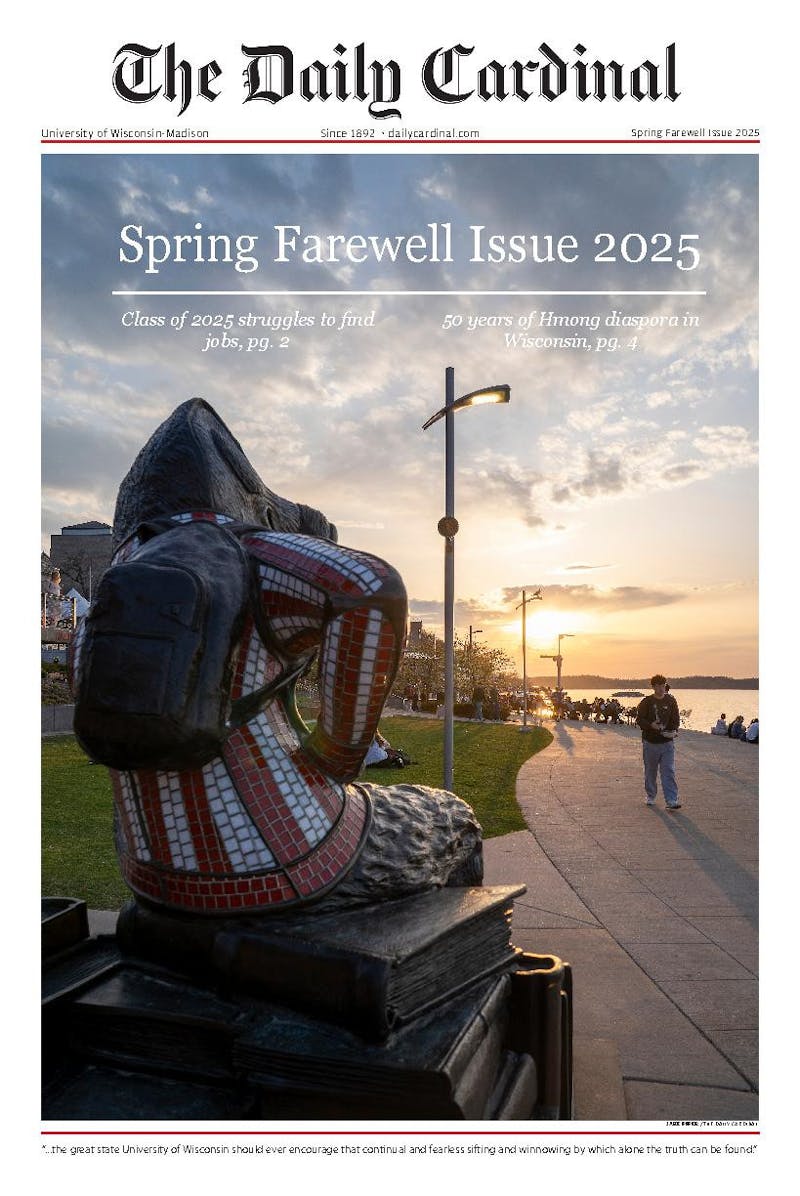The first phase of the UW-Madison campus renovation plan will convert the \underbelly"" of the university into an attractive gateway onto campus, UW Facilities Manager Alan Fish said at a public forum Thursday.
Chancellor John Wiley revealed in 2003 the campus renovation plan to rebuild some of the university's more archaic buildings, build new university buildings and create a new pedestrian mall. It focuses the bulk of its construction along the new pedestrian mall which will begin at Lake Mendota, end at Regent Street and run parallel to Park Street.
The first phase of the renovations begins at the end of the pedestrian mall farthest from Lake Mendota, and borders Regent Street and Park Street. This is usually the first part of campus new visitors see, because the university directs new visitors to use Park Street to find their way to campus.
""This has kind of been the back alley of Madison and the university,"" Fish said. ""[Now] we're able to make this the new front door of the university.""
A number of eyesores currently occupy the site for the first phase of the renovations including a UW-Madison service garage, a fleet parking lot and a former auto towing and salvage site, said Jim Kleinfeldt, a developer at Boldt consulting services in charge of developing the site.
The first phase includes a visitor's center, a 450-bed residence hall, a 342-stall parking ramp and an office building in addition to the first section of the pedestrian mall. The 450-bed residence hall will be the first of two residence halls built to replace Ogg Hall and should be complete by 2006, according to Fish.
The university decided to tear down Ogg Hall after it hired an architect engineering firm to explore remodeling options and it became clear that renovation was not a realistic option, said Paul Evans, director of campus housing.
""Ogg Hall is very difficult for us to renovate,"" Fish said. ""The floor-to-floor heights are really tight and the rooms are really small-just a little over 130 square feet. And in order to renovate it we could spend $40 to $45 million dollars and we'd still end up with rooms that are only 132 square feet for two people, which is kind of like living in a walk-in closet.""





